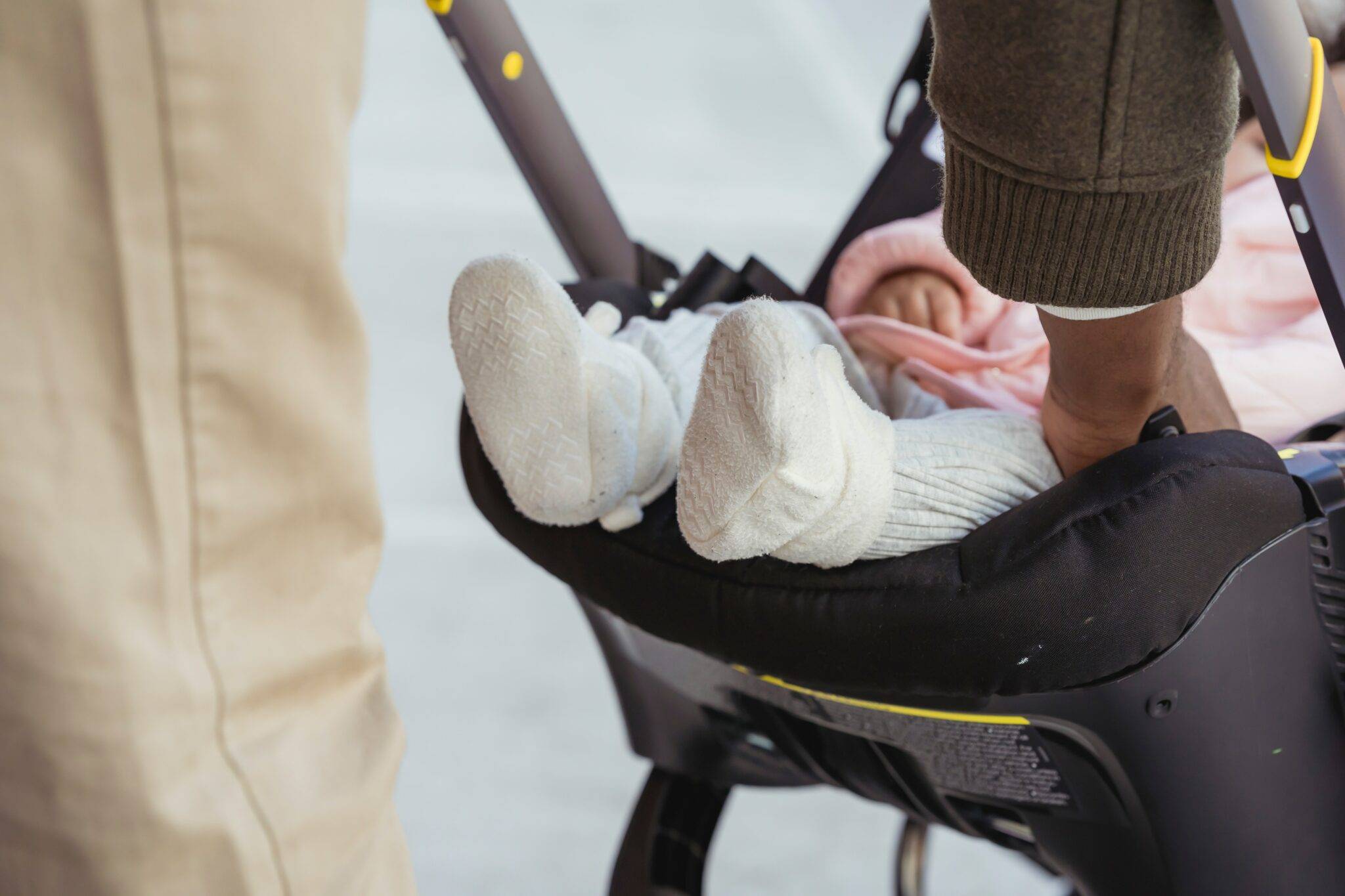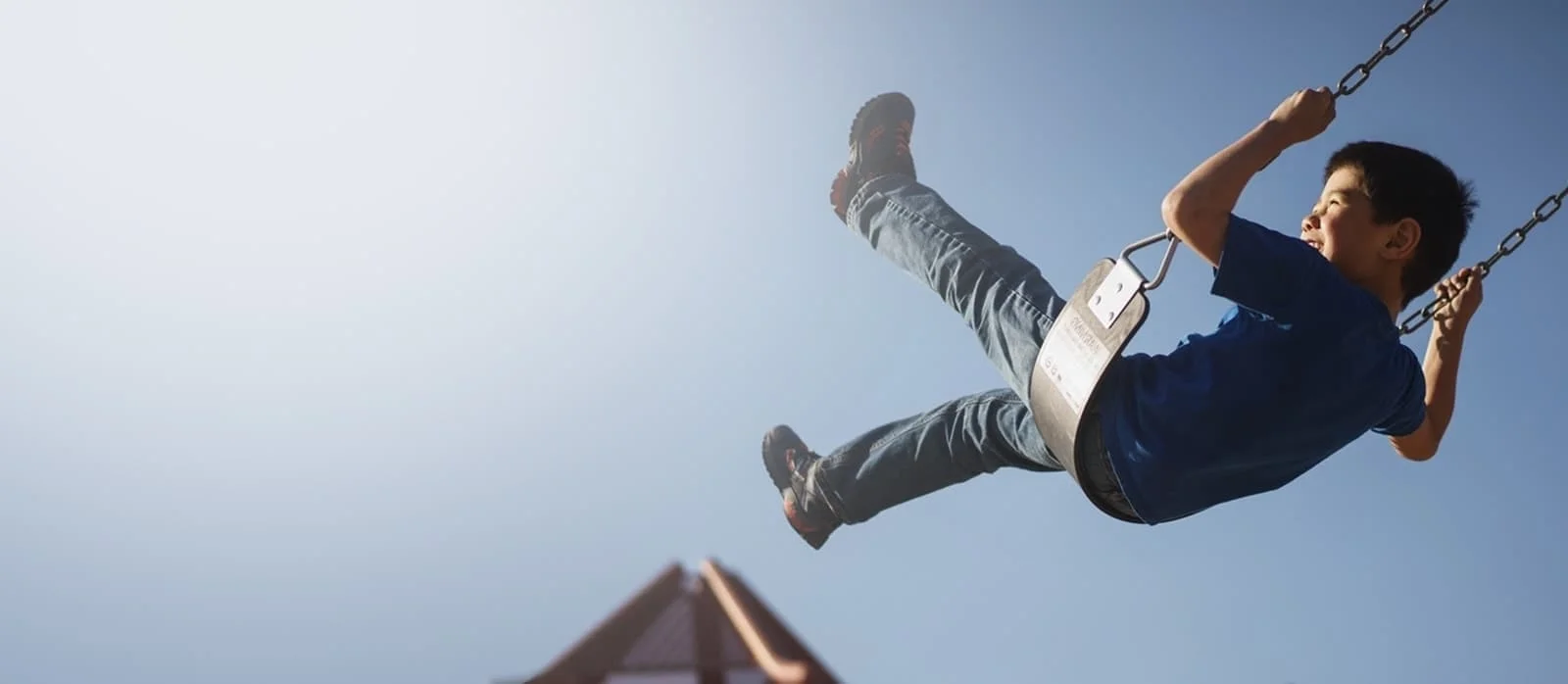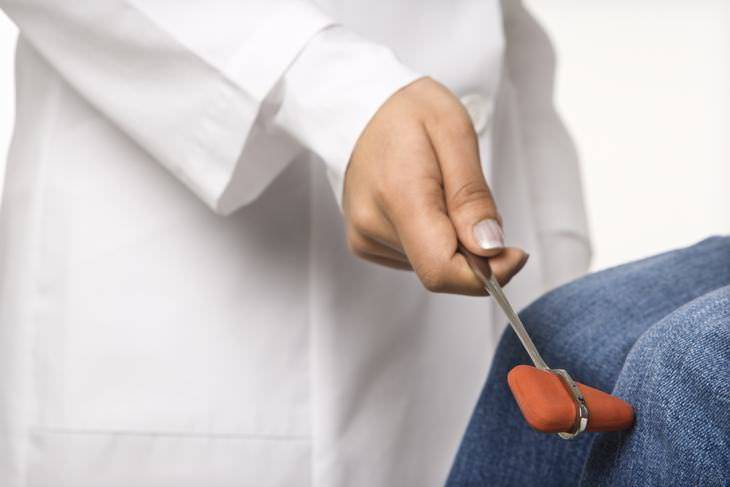Diaper Rash Worries? Here’s How to Soothe Your Baby Fast
Diaper rash is one of the common concerns parents face—especially during a baby’s first year. In fact, more than half of babies between 4 and 15 months get diaper rash at least once every two months. While it’s hard to see your little one uncomfortable, the good news is that most mild diaper rashes are easy to treat at home.
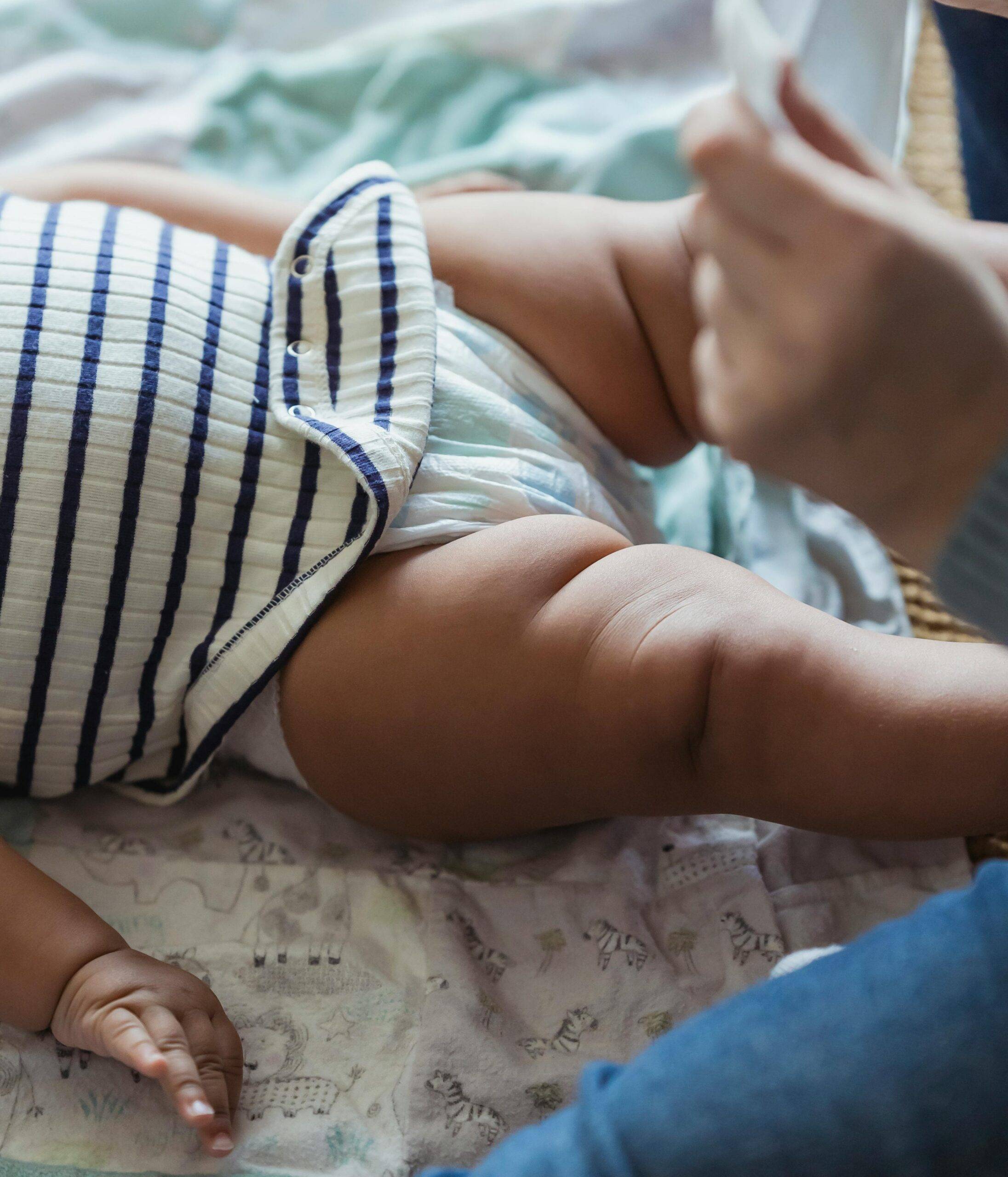
This guide will show you quick and gentle home remedies to relieve your baby’s diaper rash fast. You’ll also learn simple ways to prevent it from coming back. Let’s help your baby feel better—starting today.
What Causes Mild Diaper Rash?
Understanding the causes of diaper rash can help in both prevention and treatment.
1. Irritation from Wetness and Soiled Diapers
Prolonged exposure to moisture from urine and feces can irritate your baby’s sensitive skin, leading to diaper rash. Urine alone has no germs and usually doesn’t irritate the skin, but stool left on the skin can be very irritating because it contains bacteria.
2. Friction from the Diaper
Tight-fitting diapers or constant rubbing can cause chafing, redness, and irritation.
3. Irritation from Certain Soaps, Wipes, or Detergents
Some soaps, wipes, or laundry detergents may contain harsh chemicals or fragrances that can irritate your baby’s skin. Use mild, fragrance-free products to minimize the risk of irritation.
4. Introduction of New Foods
As your baby starts eating solid foods, changes in stool composition can lead to diaper rash. New foods can alter the acidity of the stool, which may irritate the skin.
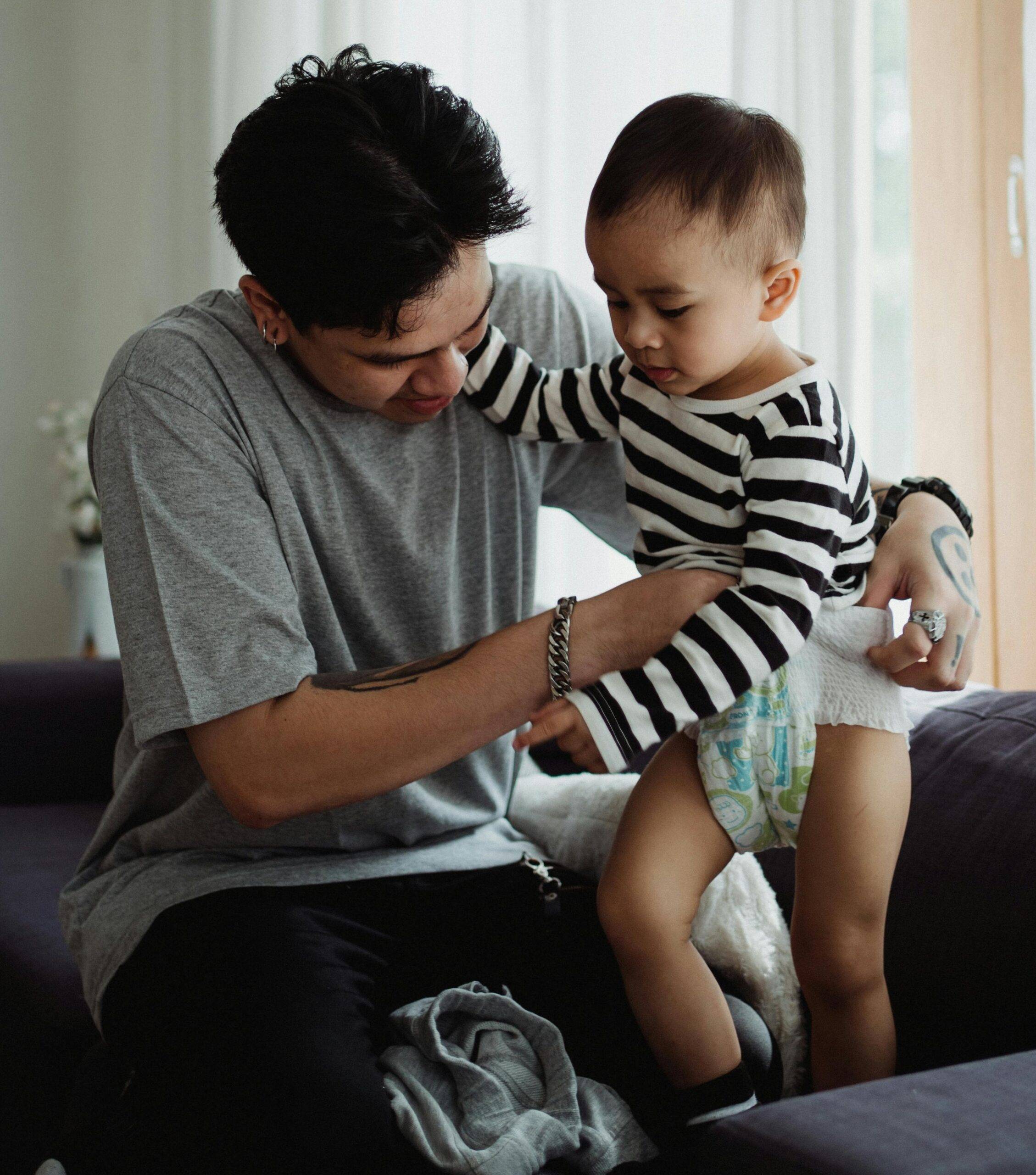
👀 Recognizing Mild Diaper Rash: What to Look For
Catching a diaper rash early makes it easier to treat. Here’s how to tell if your baby has a mild rash—or if it’s time to get medical help.
🔴 What a Mild Diaper Rash Looks Like
Mild diaper rash usually shows up as
- Red or pink skin in the diaper area
- Light swelling or puffiness
- Skin that looks irritated but isn’t broken or blistered
The rash often starts on the bottom, thighs, or around the genitals. It might make your baby fuss during diaper changes, but they’re still active and eating normally.
⚠️ Mild vs. Severe: Know the Difference
Not all rashes are the same. Here’s how to spot the signs of something more serious:
- Mild Rash: Red, warm, and slightly swollen skin. It may look raw, but there are no open cuts or blisters.
- Severe Rash: You’ll see peeling skin, open sores, blisters, or even oozing. This can make your baby cry more than usual, especially when you clean or change the diaper.
- Yeast Diaper Rash: Look for bright red patches with little raised bumps or spots around the edges—these are called “satellite lesions.” Yeast rashes often don’t improve with regular diaper cream.
If you’re unsure, check with your pediatrician.
👉 Want more help spotting skin issues early? Read this helpful Omega Pediatrics article on common baby skin problems.
Effective Home Remedies and Prevention
Treating and preventing diaper rash involves a combination of good hygiene practices and protective barriers.
1. Frequent Diaper Changes
Keeping your baby’s diaper area clean and dry is crucial. Change diapers promptly after they become wet or soiled to prevent prolonged exposure to moisture.
🧼2. Gentle Cleaning: Keep It Soft and Simple
Cleaning your baby’s bottom the right way is a big step toward preventing diaper rash. Harsh scrubbing or strong soaps can irritate delicate skin, so always aim for gentle and soothing care. Here’s how to clean the diaper area the smart way:
- Use mild soap and warm water for messy diapers
- For wet diapers, plain water with soft cotton balls often works best
- Choose sensitive, fragrance-free wipes if you’re on the go
- Always pat the skin dry—never rub, which can cause more irritation
Some pediatricians even suggest using gentle cleansers like Cetaphil after a bowel movement. Just remember: less is more when it comes to products near your baby’s skin.
Want expert-backed tips for your baby’s bath time and skincare routine? Don’t miss this Omega Pediatrics’ Baby Skincare 101: How to Preserve Your Infant’s Sensitive Skin
☀️3. Diaper-Free Time: Let That Skin Breathe!
The best thing you can do for your baby’s bottom is to give it a break. Letting your baby go diaper-free—even for a little while—can work wonders in helping the skin heal and stay rash-free. Try this:
- Lay down a soft towel or waterproof pad
- Let your baby kick and play without a diaper for 15-20 minutes, once or twice a day
- Choose times after a diaper change when your baby is less likely to have a bowel movement
This simple routine helps air out the skin and keeps it dry, which can speed up healing and prevent future rashes. Plus, your baby might love the freedom of a little “naked time!”
Want more ways to build a healthy daily routine for your baby? Visit Omega Pediatrics’. Newborn Care: A Complete Guide for New Parents
🧴4. Barrier Creams and Ointments: Your Baby’s Skin Shield
One of the easiest and most effective ways to protect your baby’s bottom is to use a barrier cream or ointment. These products create a protective layer on your baby’s skin, keeping moisture, urine, and stool from irritating it.
Here’s what to look for:
- Zinc oxide: This thick, white cream is great for soothing and shielding irritated skin.
- Petroleum jelly: A gentler option that seals in moisture and blocks irritants.
- Fragrance-free formulas: To avoid added chemicals that can cause more redness or itching.
Apply a thin layer during every diaper change, especially at bedtime when your baby might go longer without a change.
✨ Bonus tip: Don’t wait for a rash to appear. Barrier creams work best when used as a preventive step!
For a deeper dive into how zinc can help, check out Omega Pediatrics’ Zinc Oxide: The Miracle Cream for Your Child’s Skin Woes
🧷 5. Choosing the Right Diapers and Wipes for Sensitive Skin
Not all diapers and wipes are made the same—and what works for one baby might cause irritation in another. If your little one keeps getting mild diaper rashes, the problem might be the products you’re using.
Here’s what to look for:
- Hypoallergenic diapers and wipes
- Fragrance-free and alcohol-free options
- Products labeled for sensitive skin
- Diapers that are soft, breathable, and free from dyes
Some popular brands even offer eco-friendly, plant-based diapers that are extra gentle on your baby’s bottom. You may need to try a few before finding the perfect fit for your baby’s skin.
💡Pro tip: When trying a new brand, test it for a few days and watch for any changes in your baby’s skin.
Want to dig deeper into this topic? Check out Omega Pediatrics’ The Top 10 Diaper Dilemmas for New Parents
🧺 6. Laundry Detergent Matters (Especially for Cloth Diapers)
If you’re using cloth diapers, what you wash them with can make a big difference. Some laundry detergents contain strong chemicals or fragrances that stay on the fabric—even after rinsing. These residues can irritate your baby’s delicate skin and worsen diaper rash.
To keep things gentle:
- Always choose mild, fragrance-free detergents
- Avoid products with bleach or fabric softeners
- Rinse diapers thoroughly to remove all soap
You can also do an extra rinse cycle to be sure everything’s clean and chemical-free. Think of it like this: if it touches your baby’s skin all day, it should be as pure and gentle as possible.
👉 For more healthy baby care tips, explore this Omega Pediatrics’ 10 Must-Have Newborn Essentials to Welcome Your New Baby.
🚨 When to Call Your Pediatrician About Diaper Rash
Most mild diaper rashes get better quickly with some home care. But sometimes, a rash needs a little more help. Here’s when you should pick up the phone and talk to your baby’s doctor:
📉 The Rash Isn’t Getting Better
If you’ve been treating the rash at home for a few days and it’s not improving—or getting worse—call your pediatrician. Some rashes need stronger medicine to heal.
🦠 Signs of Infection
Watch out for yellow spots, oozing pus, or skin that looks extra swollen and painful. These could mean the rash is infected. Infections need special creams or antibiotics.
🩹 Blisters or Open Sores
Rashes that turn into blisters or sores are more serious. These rashes need a doctor’s care to ensure they heal properly.
🌡️ Baby Has a Fever
If your baby has a diaper rash and a fever, don’t wait—call your doctor. A fever can signal that the rash is part of a bigger infection.
🍄 It Looks Like a Yeast Infection
Yeast infections can look a little different. The rash might be red with raised spots or bumps (satellite lesions). Yeast needs antifungal cream, not just diaper cream, so get help if you suspect this kind of rash. If you ever feel unsure, check in with your pediatrician
Keep Diaper Rash Away with These Easy Tips
Mild diaper rash might be common, but it doesn’t have to cause stress. With extra care, you can keep your baby’s skin soft, healthy, and free from irritation.
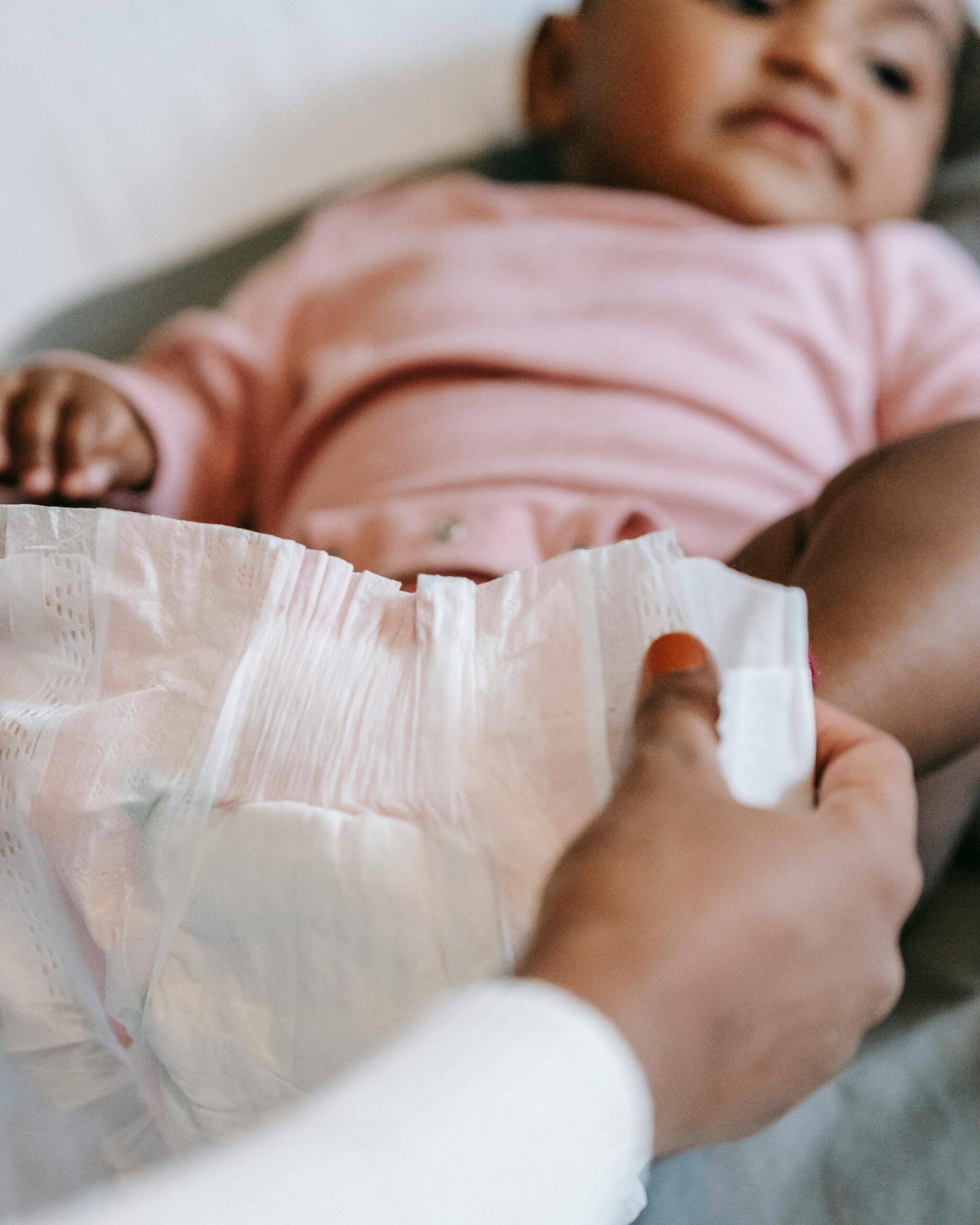
Remember these key steps:
- Keep the diaper area clean and dry
- Use gentle, fragrance-free products
- Give your baby some diaper-free time every day
Most mild rashes clear up quickly with these simple habits. But if the rash sticks around, looks worse, or your baby seems uncomfortable, don’t wait—talk to your pediatrician. It’s always better to be safe and get the right help.
Your baby’s comfort matters—and with the right care, that happy smile will be back in no time!
For more information on pediatric care and skin health, visit Omegapediatrics.com.

